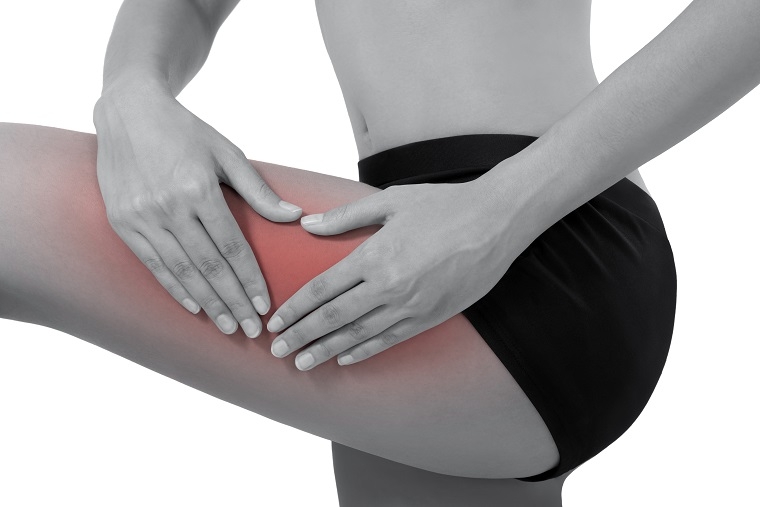
Meralgia Paresthetica is a medical condition often resulting in the tingling, numbness and burning pain in your outer thigh. The cause of Meralgia Paresthetica is believed to be the compression of the nerve that supplying sensation to the skin surface of the thigh. Get physiotherapy treatment for Meralgia Paresthetica in Gurgaon from PAL Physiotherapy. The disorder is also known as Bernhardt-Roth Syndrome or Skinny Pants Syndrome.Tight clothing, obesity or weight gain, and pregnancy are believed to be the most common causes of Meralgia Paresthetica. However, the condition can also be a result of local trauma or a disease like diabetes.
In most cases, you can relieve meralgia paresthetica with conservative measures, such as wearing looser clothing. It is generally not considered a serious disorder. Meralgia Paresthetica is a chronic neurological disorder and involves a single nerve—the lateral cutaneous nerve of thigh. This nerve is also called the lateral femoral cutaneous nerve.
The most common cause of Meralgia Paresthetica is believed to be the compression of a nerve called the lateral femoral cutaneous. The nerve starts in the lower spine and leaves the pelvis underneath a ligament called the inguinal ligament.
The most common factors resulting in nerve compression and hence ‘Meralgia Paresthetica’ are -
The disorder, in a majority of the patients, affects the skin on the outer thigh. Symptoms are mostly observed on one side of the body. However, they may worsen after the patient has been standing or walking for a long period of time. Other symptoms of the condition are -
Another symptom observed in some patients of the disorder is the skin on the outer thigh becoming more sensitive to light touch than to firm pressure. The muscles of the thigh, however, are not affected.
Diagnosis of Meralgia Paresthetica usually begins with the doctor asking you certain questions about your symptoms and conducting a physical exam. The doctor deeply analyzes your medical history. You can be asked about any other conditions you have or have had in the past, medications you are taking regularly or occasionally or if you have had any recent surgeries.
Some general questions about your lifestyle may also be asked. These can include queries about your clothing patterns and eating habits. During the physical exam conducted for the diagnosis, the doctor may test the sensation on the thigh of the patient. Further, the patient is asked to pinpoint the spot on the thigh that is painful or numb.
If your symptoms and medical history are not sufficient to confirm the presence of this disorder, then the doctor may recommend the following tests -
These tests along with the physical examination are enough to confirm the presence or absence of the condition to a high degree of accuracy.
Physiotherapy has increasingly been proposed as an effective treatment for Meralgia Paresthetica in Gurgaon.
The general goal of the treatment is to eliminate whatever is compressing the nerve. The following measures can help alleviate your symptoms a lot -
Meeting a professional physiotherapist and getting a personalized treatment plan designed is recommended. Make sure you describe your symptoms well in order to get help from the therapy. The physical therapy approach generally includes -
All the patients of Meralgia Paresthetica are suggested to have a fixed schedule of exercise. This must be incorporated into your routine as your meals and other day-to-day activities are. Exercising for at least 30 minutes a day for three or four days a week will help you very much with chronic pain management. This will increase your muscle strength, endurance, stability in the joints and flexibility of muscles and joints. Your physiotherapist can explain the suitable exercises in a greater detail. However, the general exercises include -
